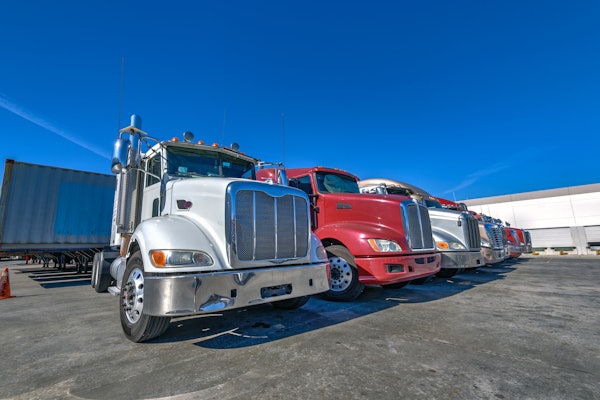By Todd Dills
As the proposed implementation of a pilot cross-border trucking program draws near, another international trade corridor project is drawing heat from local residents in Texas.
The March 18 New York Times reported on the reactions of residents of the West Texas towns of Marfa and Alpine to a hearing held by the Texas Department of Transportation on the development of an official trade corridor, La Entrada al Pacifico, or “Gateway to the Pacific.” It would link the port of Topolobampo in Mexico’s Sinaloa state through Chihuahua to the U.S. market, via the border crossing at Presidio, Texas, and the oil cities of Midland and Odessa.
Concerns about increased traffic and pollution dominated criticism from residents, the Times reported, and Marfa Mayor Dave Lanman was quoted as saying, “They have the ability to chip away at it – a little piece here, a little piece there – and they think as the traffic increases the public will get used to it. … They won’t remember when you’d pass just two or three cars for the 24 miles between Marfa and Alpine.”
Lanman said he thought current lane additions to the highway between Marfa and Alpine signaled the beginning of construction of La Entrada, which was signed into law in 1997 by then-Gov. George W. Bush. The bill designated a 260-mile route for the corridor between Lamesa and Presidio in Texas.
State officials deny any concrete overall plans at this point, though the first leg of the corridor — a connector routing traffic around Midland, north of Marfa and Alpine — received federal environmental-impact approval in 2005.
The project is promoted by the Midland-Odessa Transportation Alliance, a regional lobby similar in function to the North American Supercorridor Coalition — the lobby on behalf of the Interstate 35 corridor, often referred as the “NAFTA Superhighway.”
Plans for the Trans-Texas Corridor, two multimodal corridors to parallel I-35 and the future I-69, have been controversial for many reasons, ranging from environmental and trade concerns to not-in-my-backyard protests. The need for greatly expanded highways such as the Trans-Texas Corridor is driven at least partly by increased trade traffic through Mexico from Asia, as well as NAFTA trade.
The Presidio border crossing on the La Entrada corridor sees very little trade traffic in comparison with its busier neighbor, the El Paso crossing. A new highway expansion through to Topolobompo, already under construction in spots on the Mexican side of the border, is likely to increase truck traffic through Presidio. Rail elements of the corridor, a federally designated “high-priority corridor,” also are being considered.










